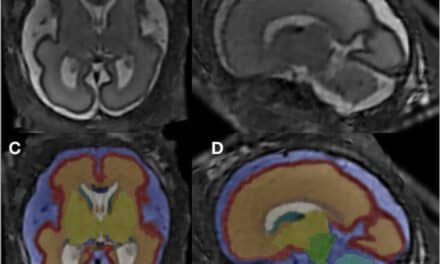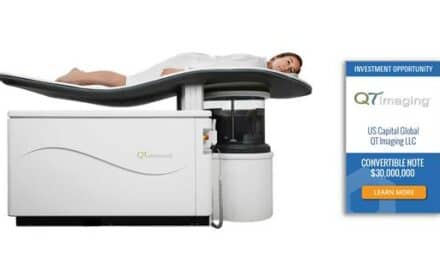Researchers using functional magnetic resonance imaging have identified the neural circuitry that facilitates spatial discrimination through touch, a discovery that may lead to the creation of sensory-substitution devices, according to the Oct. 10 edition of The Journal of Neuroscience.
These findings may be especially important to the visually impaired, who rely heavily on the ability to tactually recognize fine spatial details.
Led by Krish Sathian, professor of neurology in Emory University School of Medicine, the research team also included Randall Stilla, research MRI technologist at Emory, and Gopikrishna Deshpande, Stephen Laconte and Xiaoping Hu of the Coulter Department of Biomedical Engineering at Georgia Tech and Emory.
The team used fMRI to examine the brain activity of people engaged in fine tactile spatial discrimination. As a result, the researchers discovered heightened neural activity in a network of frontoparietal regions.
Within this network, the levels of activity in two subregions of the right posteromedial parietal cortex–the right posterior intraparietal sulcus (pIPS) and the right precuneus–were predictive of individual participants’ tactile sensitivities.
Researchers using functional magnetic resonance imaging have identified the neural circuitry that facilitates spatial discrimination through touch, a discovery that may lead to the creation of sensory-substitution devices, according to the Oct. 10 edition of The Journal of Neuroscience.
These findings may be especially important to the visually impaired, who rely heavily on the ability to tactually recognize fine spatial details.
Led by Krish Sathian, professor of neurology in Emory University School of Medicine, the research team also included Randall Stilla, research MRI technologist at Emory, and Gopikrishna Deshpande, Stephen Laconte and Xiaoping Hu of the Coulter Department of Biomedical Engineering at Georgia Tech and Emory.
The team used fMRI to examine the brain activity of people engaged in fine tactile spatial discrimination. As a result, the researchers discovered heightened neural activity in a network of frontoparietal regions.
Within this network, the levels of activity in two subregions of the right posteromedial parietal cortex–the right posterior intraparietal sulcus (pIPS) and the right precuneus–were predictive of individual participants’ tactile sensitivities.





